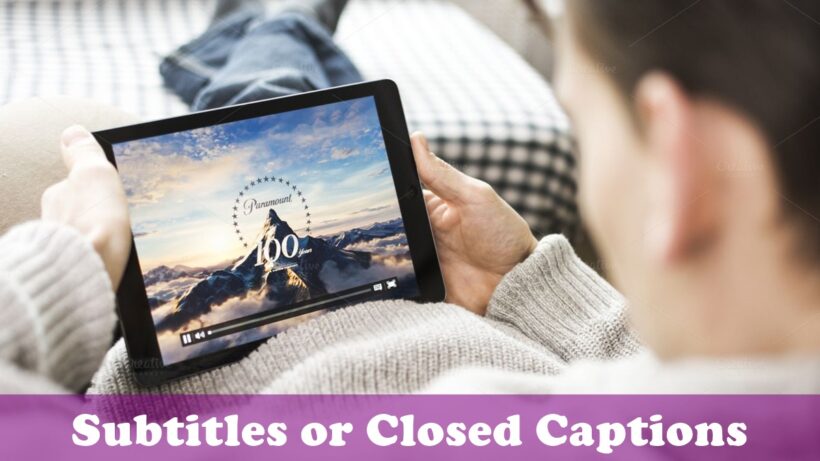Though they are often used interchangeably, subtitles and closed captions are actually different things. How do you know which one you should use? Let’s take a closer look at both of them and the best places to deploy them.

The Immediate Difference
The biggest difference between subtitles and closed captions is that subtitles are used for translation and closed captions are used for transcription. There is a very subtle difference between these two that needs to be remembered when talking about them.
Subtitles are used to convey audio in one language into another. It allows people to watch foreign films and TV shows and understand perfectly what is going on without resorting to contextual clues from the background or a dubbing in their native tongue. Subtitles are not always a literal translation. They try to make them match with the speakers as much as possible, and this potentially means different words are used and small changes are made. After all, two translators can approach the same text with very different ideas.
Meanwhile, closed captioning is used to directly display the words spoken on screen and provide an accurate transcription for viewers who might be hard-of-hearing or deaf. They may also include onomatopoeic sounds (for example, if a door slams this might be indicated by the captions), and they might also include song lyrics for any bursts of song used in the production. One extremely good example of this interplay with song lyrics and character dialogue is ‘The Martian’.
How Do We Create These Captions?
Similar technology can be used to create these two styles of captions to very different results. You can use real-time captioning software to create closed captions. As they are a legal requirement for many forms of media, this is something that you can’t skip over. Some video platforms have automatic embedded closed captions but these can be quite inaccurate. Instead, you should make your own so you can provide inclusive, accurate content for your audience.
We all know how bad automatic translation software fails can be. While tools like Google Translate are good in a pinch, they can’t substitute for the real deal. Instead, you need to make sure that you are handing any subtitling needs over to a fluent expert who can correctly translate the audio and give you the subtitles you need for the projects’ intended audience.
Why Do We Need Subtitles and Closed Captions?
We are steadily moving into a world that is more inclusive than ever before. We can download software and share videos from all across the world, and it is therefore important that we are able to support everyone who might use our content.
If your software or app has any video content built into it, you must provide closed captions by law. Make sure they are high quality and as descriptive as possible. If you know that your content is going to be used by many people who might not be able to understand English fluently, adding in language support through subtitles is another brilliant inclusive step. Both could work for you equally well!
Laila Azzahra is a professional writer and blogger that loves to write about technology, business, entertainment, science, and health.
